Mystical Realms of Korean Mythology in Popular Films
Last Updated on January 4, 2024
Today, we embark on a fascinating journey to explore how Korean myths and folktales, more than just stories, have endured through time and continue to shape our understanding today. These ancient narratives are not merely legends; they are cultural treasures that unveil the richness and diversity of Korean culture. They bring to life a world where nature, humans, gods, and spirits intersect.
Among Korea’s foundational myths is the tale of a bear and a tiger transformed into humans after consuming garlic and mugwort. We also encounter stories of mischievous doggae-be (goblins), known for stealing treasure and considered symbols of good fortune and protection, despite their playful nature. Another key element in Korean folklore is the gumiho (nine-tailed fox), a mystical creature known for captivating human hearts. Additionally, these tales encompass themes like traditional Korean rituals and beliefs about the afterlife.
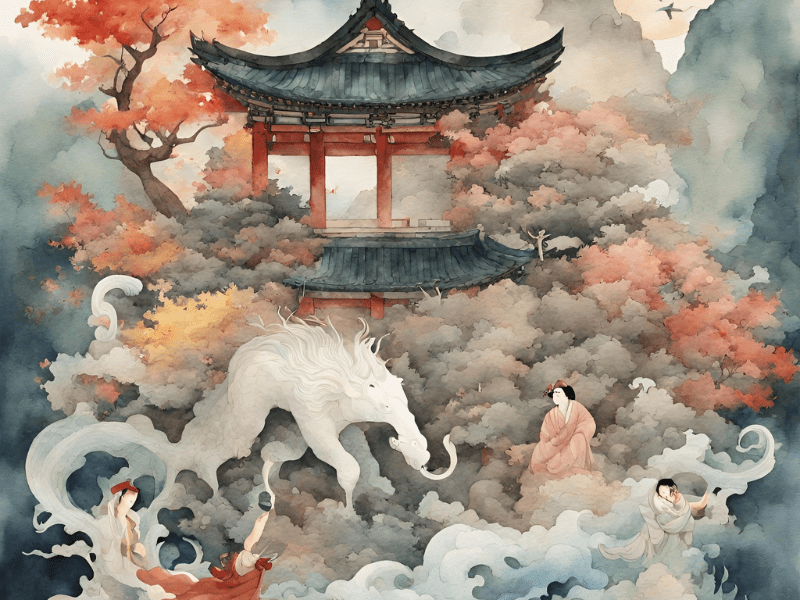
These characters and stories are more than mere fiction; they mirror Korean history, culture, and social values. Let’s delve into the profound meanings and captivating aspects of these Korean myths and folktales.
- Tale of the Nine-Tailed (Gumiho Dyeon / 구미호뎐)
- The Devil (Ahakkwi / 악귀)
- Goblin (Doggaebi / 도깨비)
- Along with the Gods 1: The Two Worlds (신과 함께1: 죄와 벌)
- Along with the Gods 2: The Last 49 Days (신과 함께2: 인과 연)
Tale of the Nine-Tailed (Gumiho Dyeon / 구미호뎐)
In Tale of the Nine-Tailed, the series brings to life many Korean folktales, mythical creatures, and legends. The story centers around a gumiho, a creature known for its striking beauty and magical powers, captivating audiences. This enthralling series takes you into a world where ancient Korean folklore and legendary creatures are very much alive.
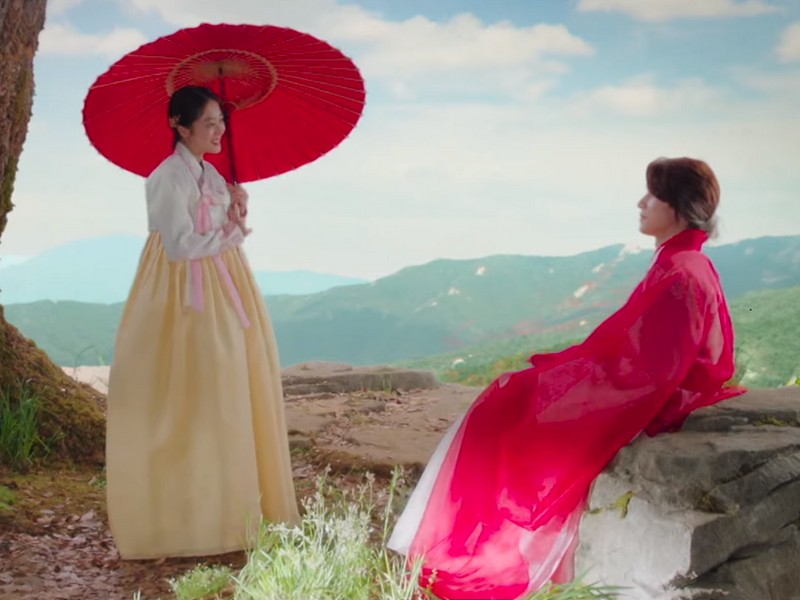
Traditionally, a gumiho is seen as a dangerous monster in Korean folklore, known for bewitching people and eating their livers. However, in this series, the gumiho is portrayed as a beautiful, powerful being. The protagonist of “Tale of the Nine-Tailed” is one such gumiho, famous for his stunning looks and enchanting abilities. He was also a mountain god who waited centuries for his human love to be reborn.

This fantasy drama blends Korean mythology with a contemporary setting, creating a story that spans both ancient and modern times. It reveals a tale filled with romance, mystery, and adventure.
The drama follows several key characters: Lee Yeon, the gumiho protagonist and former mountain god; Nam Ji-a, the heroine reborn after centuries; Lee-rang, the protagonist’s vengeful brother; Imoogi, a villain intent on world destruction; and Tae Eui-Pa, the sister of the god of death, King Yeomra. The show takes you into a world that combines reality and fantasy, displaying the rich variety of characters in Korean mythology.
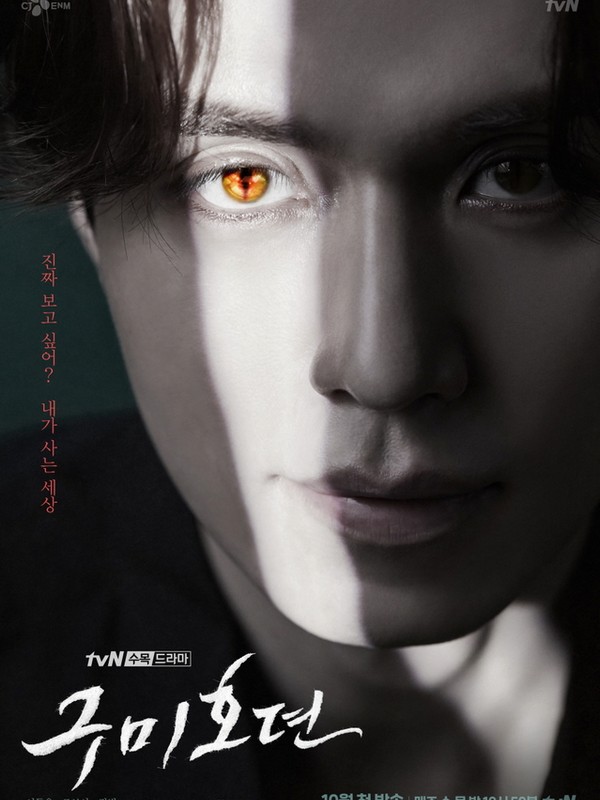
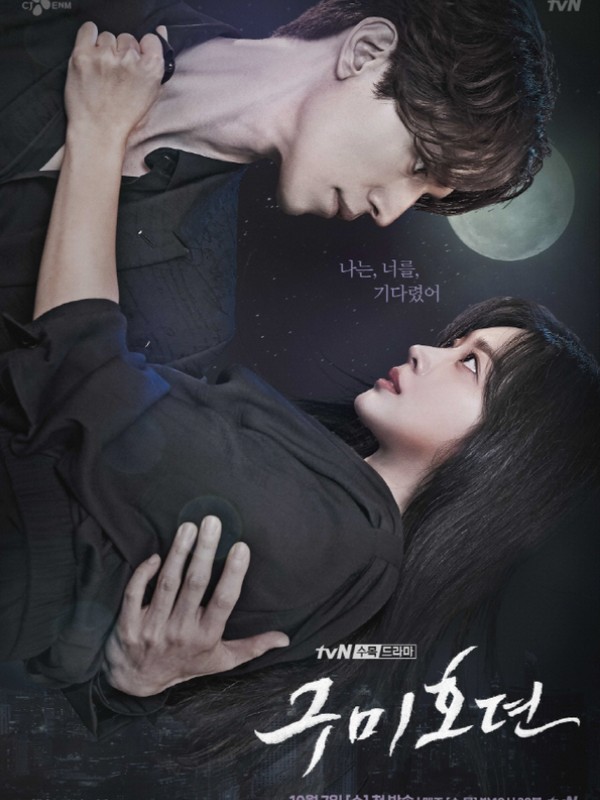
As the plot progresses, it showcases Korean mythological rituals, especially in episodes 3 and 4, which highlight shamanistic elements. “Tale of the Nine-Tailed” is more than just a fantasy drama; it’s an immersive cultural journey into the depths of Korean folklore. The series, with its intriguing plot, romantic storyline, and blend of mythological elements, is a must-see for anyone interested in exploring the enchanting side of Korean heritage.
- Gut (굿): A shamanic ritual consisting of the shaman’s invocation and reception of the gods. The shaman makes offerings to the gods and invokes their favorable or unfavorable fate through dance and song. It may also be performed to ward off evil.
- Mu-dang (무당): Mu-dang is a shaman who practices shamanism, an East Asian religion. In Good-Pan, mu-dang act as agents of the gods.
- Yong-wang (용왕): Yong-wang is the god who oversees the sea in Korean folk beliefs. People usually pray to the yong-wang for good weather, good fishing, and safe navigation. Yong-wang usually symbolizes the dragon, and it can exist in different regions, such as the South Sea, the West Sea, and the East Sea.
- Shin-mok (신목): A term for a tree believed to be a place where spirits descended and stayed. It is common for villages to venerate old trees as sacred.
The Devil (Ahakkwi / 악귀)
Are you fascinated by the occult? If so, you might enjoy the Korean drama The Devil. This show takes you into a dark, mysterious world where it explores deep psychological and societal themes. Throughout the drama, you’ll encounter a variety of Korean folkloric elements, deities, and spirits.
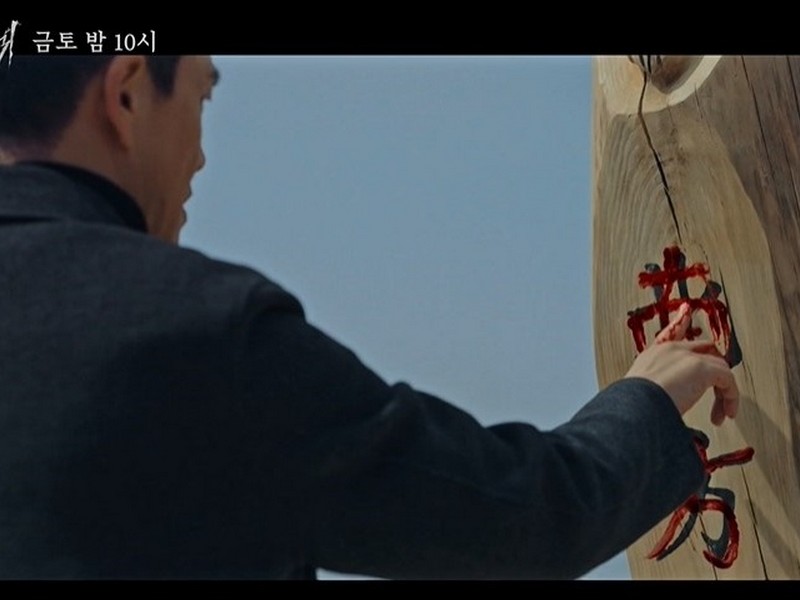
The story revolves around Koo San-young, played by Kim Tae-ri, who begins experiencing unexplained deaths around her and hears seductive, threatening voices after receiving her father’s relic. Yeom Hae-sang, portrayed by Oh Jung-se, is a folklore professor with the ability to see ghosts. He investigates these strange deaths and discovers that San-young is possessed by an Ahak-kwi, a term in Korean that refers to an evil ghost.
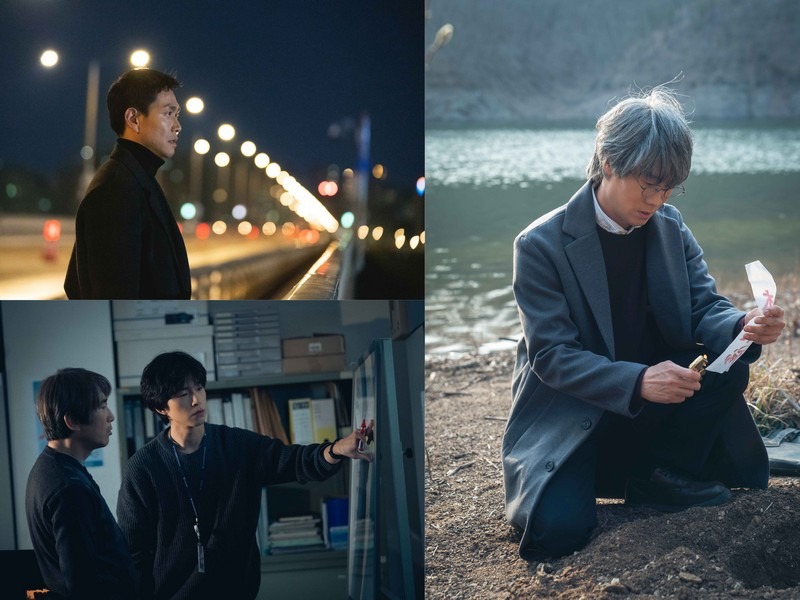
The Devil is an occult mystery thriller written by Kim Eun-hee, known for her work on hit series like Jirisan, Kingdom, and Signal. The drama delves into the world of Korean ghosts, exploring themes of human desire and resentment through the lens of folklore. Understanding these Korean mythological elements can greatly enhance your viewing experience, adding depth and excitement to the drama.
- Jang-seung (장승): Jang-seung are wooden or stone statues with human faces, placed at village entrances or alongside roads. They serve as guardians or boundary markers and are found throughout Korea. The top part typically features a carved or painted human face, while the bottom part often has inscriptions indicating distances. They are usually in pairs, one male and one female. Jangseung festivals are held to ward off evil spirits and are celebrated with great enthusiasm.
- Geum-jil (금줄): A rope tied across a door or road or tied to a sacred object to ward off ghosts or bad luck. In the past, when a family had a child, they traditionally tied a geum-jil to the gate.
- Agwi(아귀): A evil ghost with a stomach as big as a mountain and a throat as narrow as a needle, always suffering from hunger.
- Er-duk-si-ni (어둑시니): A evil ghost from Korean folklore that represents darkness. It grows larger when watched by people, eventually becoming so large that it can crush them. Eodukshini symbolizes darkness or the fear of darkness.
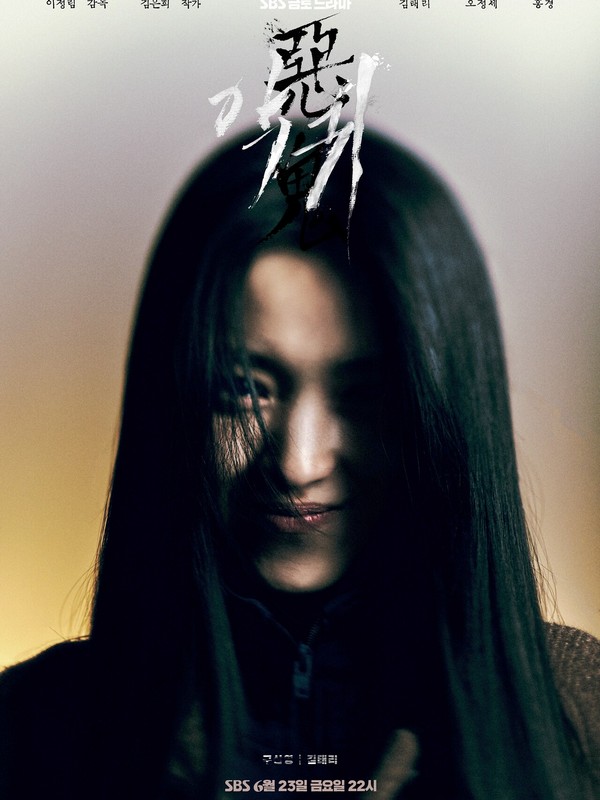
The drama The Devil is notable not just for its story but also for the exceptional performance of its main actress, Kim Tae-ri. Her portrayal of being possessed by the Ahak-kwi (evil ghost), committing evil acts, and exhibiting abnormal behavior has made a significant impact on viewers. This role has brought her widespread acclaim and several awards. Furthermore, the efforts of the protagonists to rid themselves of the evil spirit, along with the unraveling conspiracies, prompt viewers to think deeply about the origins of folklore, curses, and ghost stories.
The Devil goes beyond being a simple occult mystery; it creatively reimagines Korean mythology and folklore, adding a contemporary touch to tell a story that is both realistic and captivating. This drama promises to deliver a memorable and engaging experience to its audience.
Goblin (Doggaebi / 도깨비)
Dive into the magical world of Goblin, a Korean drama that seamlessly merges fantasy, romance, and humor. This captivating story takes you into a world where modern life and the mythical do-ggae-bi (goblins) from Korean folklore meet, creating an emotionally rich and enchanting narrative.

The main character in Goblin is an immortal do-ggae-bi named Kim Shin, played by Gong You. Once a brave general in the Goryeo Dynasty, he was betrayed and turned into a goblin. Living for over 900 years, he learns that his immortality can only be ended by the goblin’s bride, who has the power to remove the sword stuck in him. The drama follows Kim Shin’s quest for true love and his struggle to accept his fate.
Ji Eun-Tak, portrayed by Kim Go-Eun, is the female lead with a special ability to see ghosts, a gift that complicates her life. Her destiny becomes entangled with Kim Shin’s, leading to significant changes in both their lives.
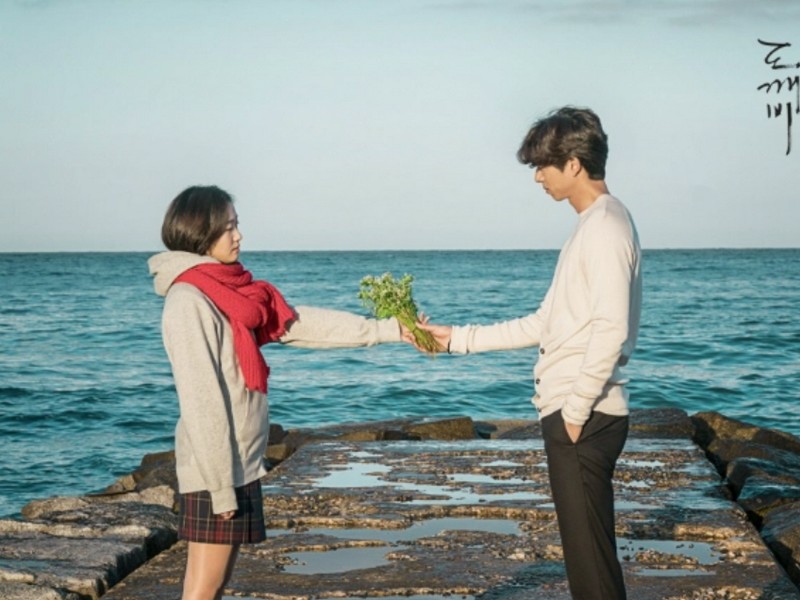
Goblin richly weaves elements of traditional Korean folklore into its narrative. Do-ggae-bi, typically depicted as mischievous beings with supernatural powers in Korean tales, are represented in a modern setting. Kim Shin’s character captures this folklore essence, along with the pain of eternal life. Another notable character is Wang Yeo, played by Lee Dong-wook, a jeo-seung saja (grim reaper) and friend of Kim Shin, who helps guide souls to the afterlife, a concept deeply rooted in Korean folklore.
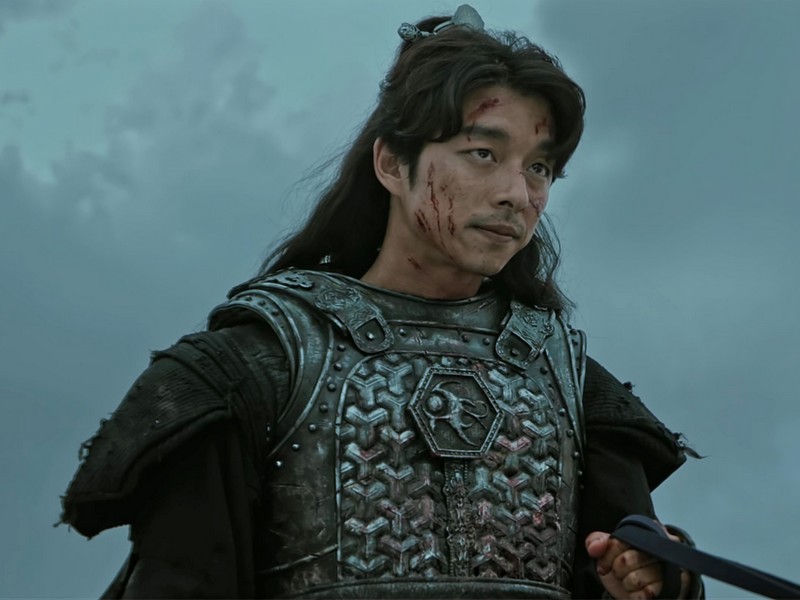
The drama beautifully showcases Korean culture and landscapes, spanning from the historical Goryeo Dynasty to contemporary Seoul. Goblin not only focuses on folklore but also delves into philosophical themes such as love, destiny, death, and the human condition, offering a profound emotional experience. The outstanding performances of the cast, scenic filming locations, and memorable soundtrack have earned Goblin acclaim as a masterpiece in Korean drama.
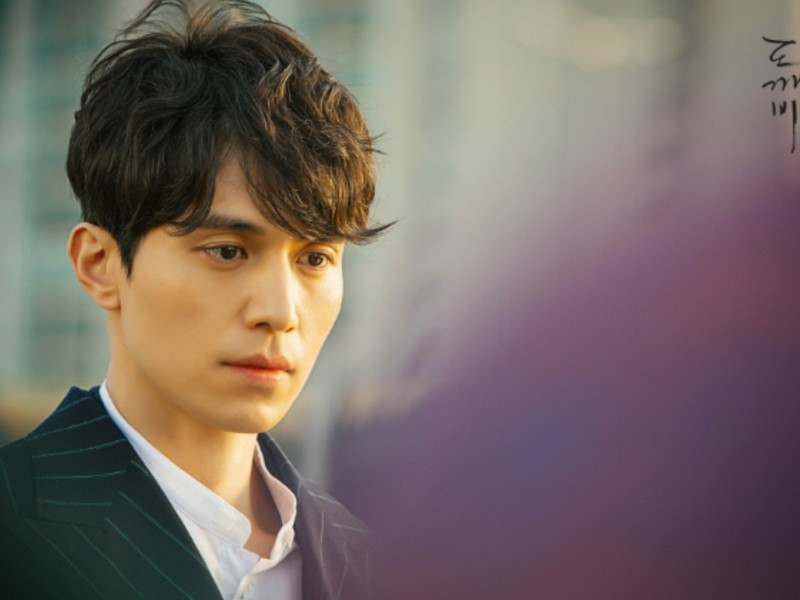
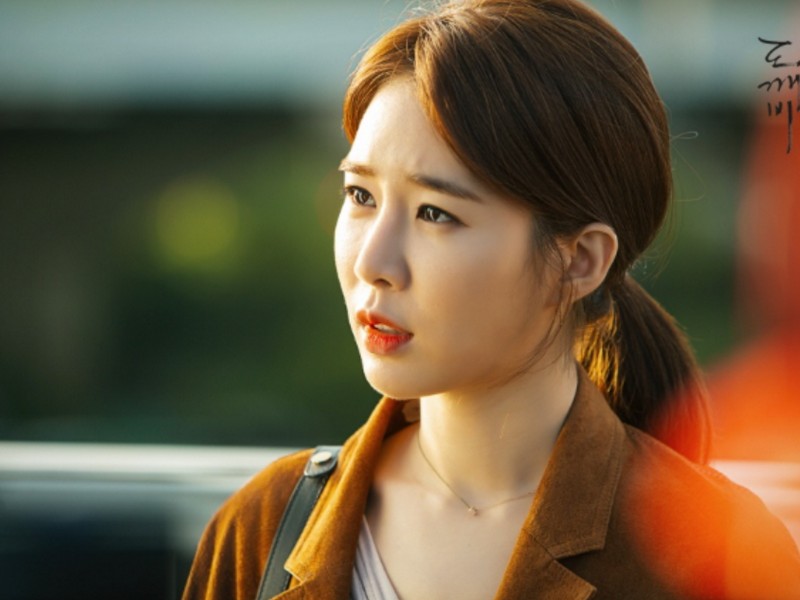
Goblin has pioneered a new direction in Korean drama by blending traditional elements with modern storytelling. It provides a deep insight into Korean culture and traditions while conveying a universal message that resonates globally. This magical drama about ancient legends in the modern world, and a powerful story of love and fate, is a must-watch for fans of rich storytelling and cultural exploration.
Along with the Gods 1: The Two Worlds (신과 함께1: 죄와 벌)
Along with the Gods 1: The Two Worlds, a Korean fantasy epic, was a massive success in South Korea, attracting over 10 million viewers. The film presents an imaginative view of the afterlife, portrayed as a courtroom where the deceased face judgment. It creatively blends traditional Korean beliefs about the afterlife with modern special effects, providing a visually stunning and innovative depiction of life after death.
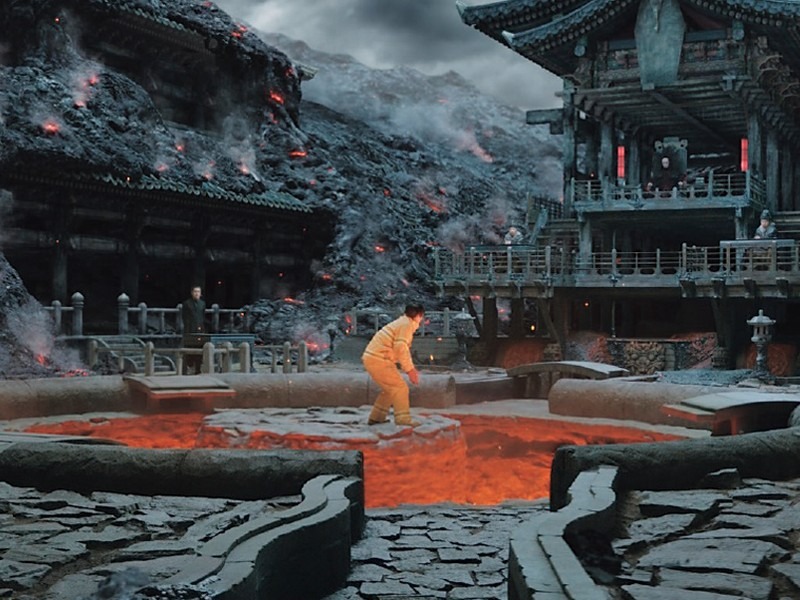
The story starts with firefighter Kim Ja-hong, played by Cha Tae-hyun, who dies heroically in a fire and is escorted to the afterlife by three jeo-seung saja (grim reapers), Kang-rim (Ha Jung-woo), Hae-won-mac (Joo Ji-hoon), and Deok-chun (Kim Hyang-ki). In the afterlife, Ja-hong’s selfless death is considered noble, granting him a chance for reincarnation. But this path is challenging. He must pass seven trials within 49 days, each based on different sins according to Korean folk beliefs and Buddhist teachings. These trials test various aspects of human morality.
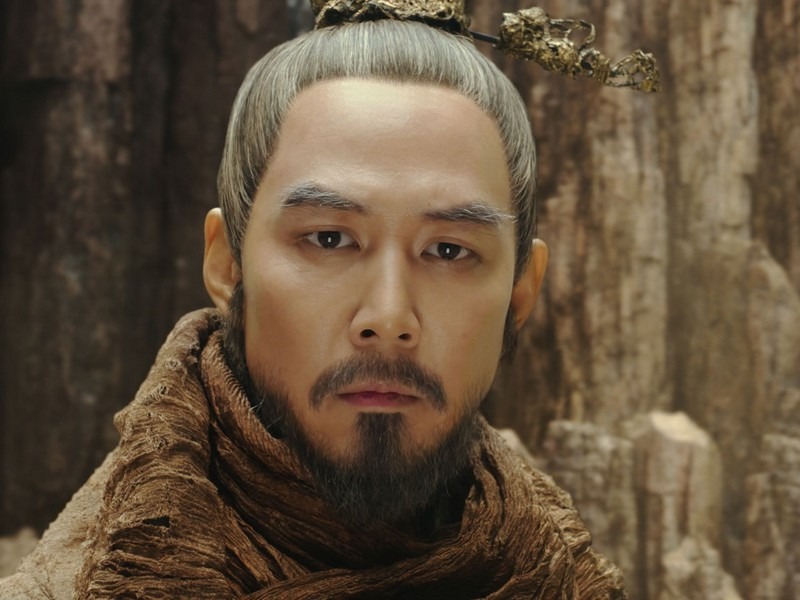
The film is rich in characters and settings drawn from Korean folklore. The three jeo-seung saja, or grim reapers, are key figures who guide souls in the afterlife and represent Ja-hong in his trials. The underworld in the movie is a fusion of traditional Korean ideas and modern creativity, reflecting the values and ethics esteemed in Korean culture. This blend of tradition and contemporary elements makes the film a unique and insightful exploration of Korean spiritual beliefs.
- Hell of Murder: Judges the sins that directly or indirectly harm the lives of others. As the greatest sinner, Byeonsung daewang, the judge, and hell are depicted in an eerie way. Sinners are plunged into a punishment chamber filled with unrelenting fire and boiling magma.
- Hell of indolence: Judges the sin of wasting one’s life in laziness. On the way to this hell is a river called the Sam-do-cheon. This river is familiar to Koreans, as it is known as the river that people cross when they die.
- Hell of Lies: Judges the sin of deceiving and lying to others.
- Hell of Injustice: Judges the sin of neglecting justice and failing to help others. Sinners are trapped in ice.
- Hell of Betrayal: Punishes those who violate the trust of others and seek only their own gain. On the way to Betrayal Hell is a land called Cheon-ji mirror. It shows people the things they feared in life.
- Hell of Violent: Judges the sin of harming others with violence or threats. Sinners experience the pain of their victims, reflecting the violence they inflicted in life.
- Hell of Filial Impiety: Judges sins committed against parents and siblings. Sinners fall into sand pits.
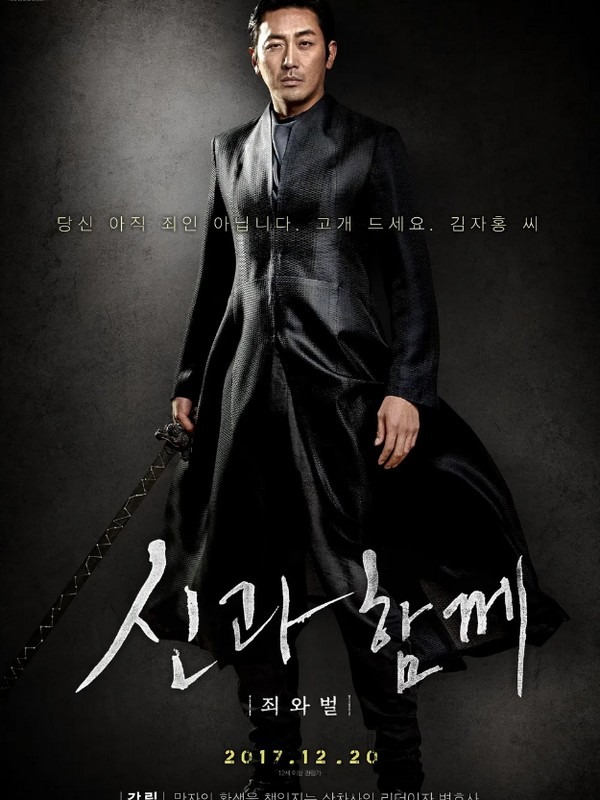
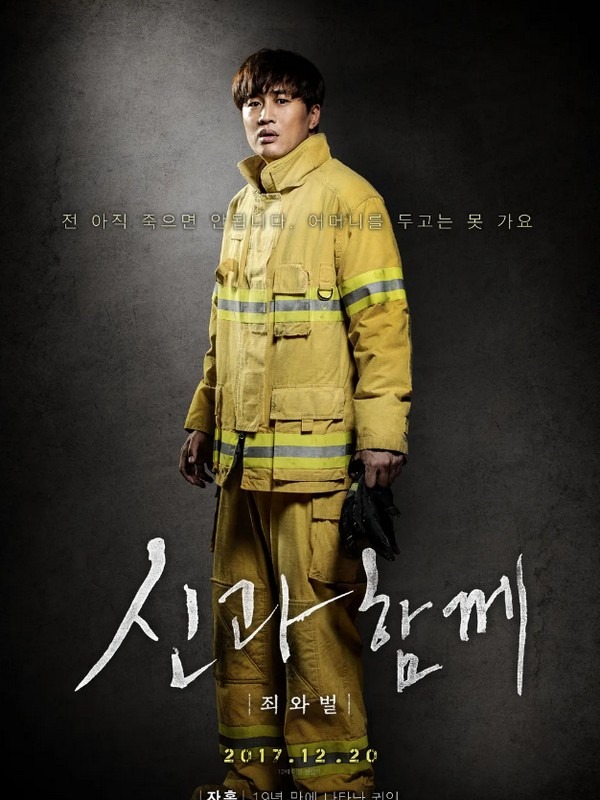
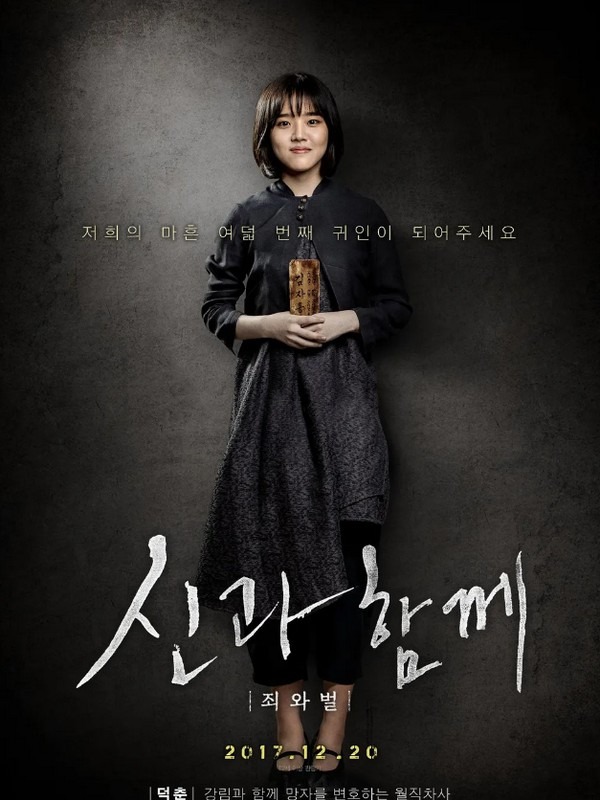
In Along with the Gods 1: The Two Worlds, the life and actions of the protagonist Kim Ja-hong are closely examined, encouraging the audience to think deeply about human morality and our responsibilities beyond death. The film is also renowned for its stunning visual effects, which provide a vivid and enthralling depiction of the afterlife.
The movie explores significant themes such as morality, salvation, and the enduring strength of family and friendship ties. It invites viewers to reflect on life, death, and what is truly important. “Along with the Gods 1: The Two Worlds” is an essential watch for those who enjoy a mix of action and fantasy. Beyond its entertainment value, the film offers a chance for viewers to introspect and consider their own lives and values.
Along with the Gods 2: The Last 49 Days (신과 함께2: 인과 연)
Along with the Gods 2: The Last 49 Days is the second film in the “Along with the Gods” Korean series, continuing the afterlife story started in “Along with the Gods 1: The Two Worlds.” This sequel delves deeper into the complexities of human life, death, and the connections between them. Like the first film, it reimagines traditional Korean folk beliefs and mythology in a modern, visually striking fantasy setting. The movie not only builds upon the fantastical elements of the first part but also delves into unresolved mysteries, fate, and friendship, making the story even more engaging.
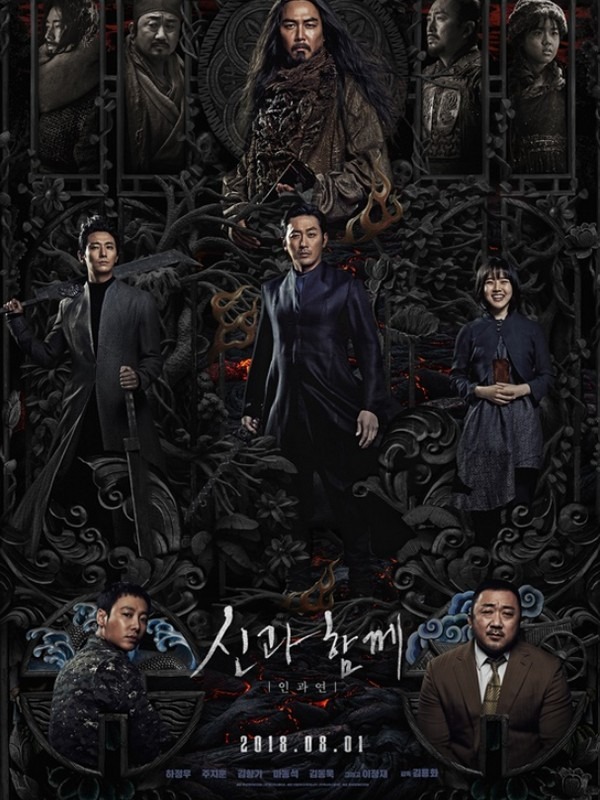
The film features the return of the three jeo-seung saja (grim reapers) – Kang-rim, Hae-won-mac, and Deok-choon. They undertake a mission to aid in the reincarnation of Kim Su-hong, played by Kim Dong-wook, the brother of Kim Ja-hong who was briefly mentioned in the first film. Su-hong, having died unfairly and turned into an evil spirit, seeks to settle his unresolved issues. During this quest, the grim reapers encounter Seongju God, portrayed by Ma Dong-seok, a revered deity in Korean folk religion known for protecting homes.
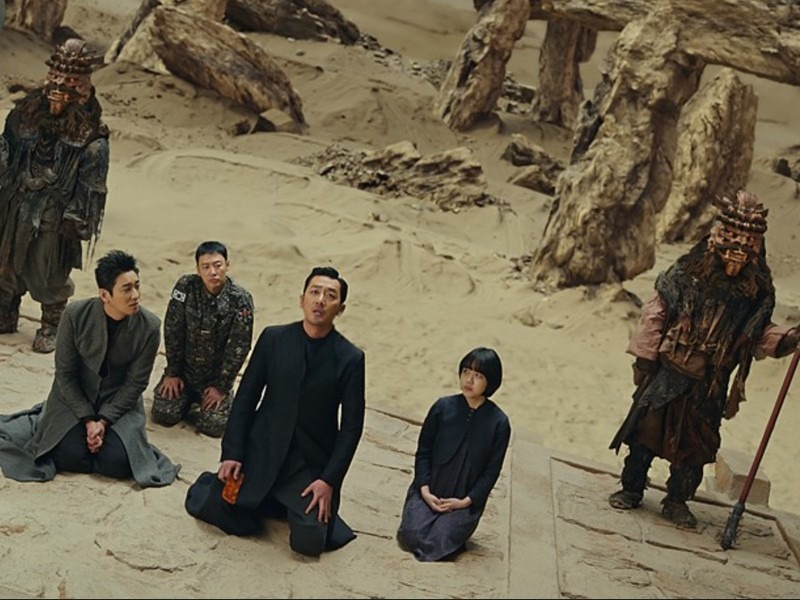
The film skillfully intertwines the grim reapers’ past with the present story, creating a richly layered drama. It reveals the secret behind Su-hong’s unjust death and the forgotten history of the jeo-seung saja.
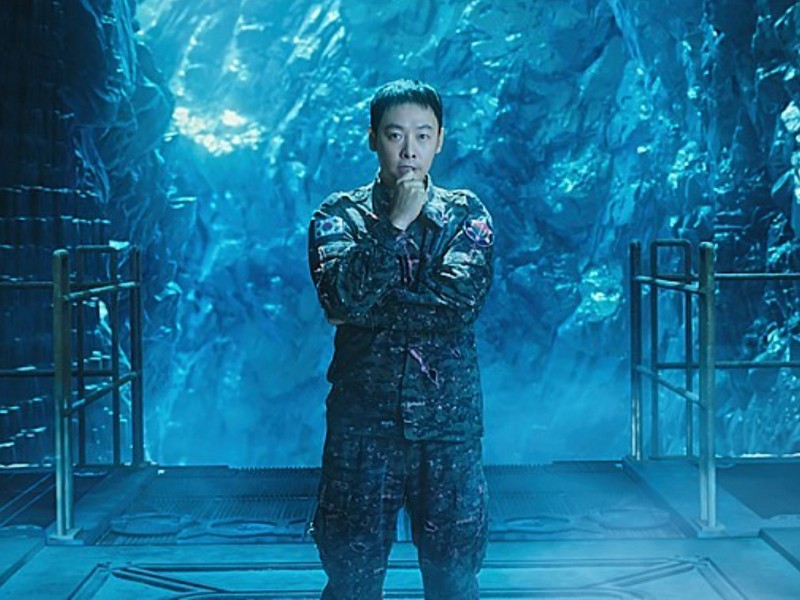
Along with the Gods 2: The Last 49 Days expands the mythological world introduced in the first movie, adding depth to the characters, especially the grim reapers, by exploring their pasts. This sequel goes beyond simple entertainment, offering deep insights into life, death, and interpersonal connections. It transcends the fantasy genre to provide a profound understanding of Korean culture and traditions, offering a unique and meaningful viewing experience for all audiences.
Did you like this post? Pin iT!
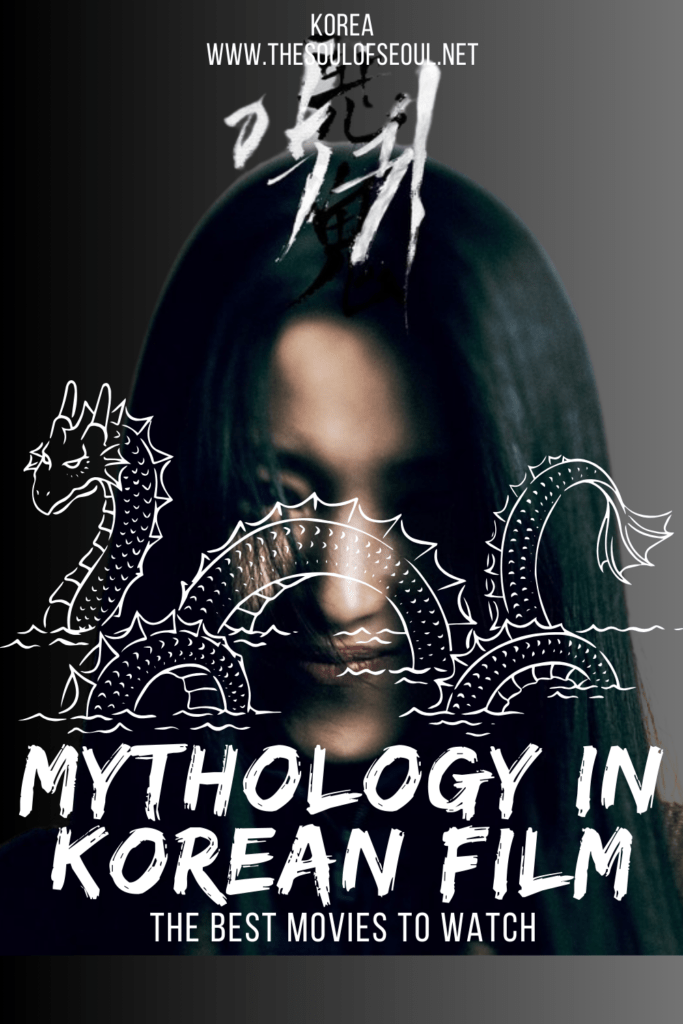
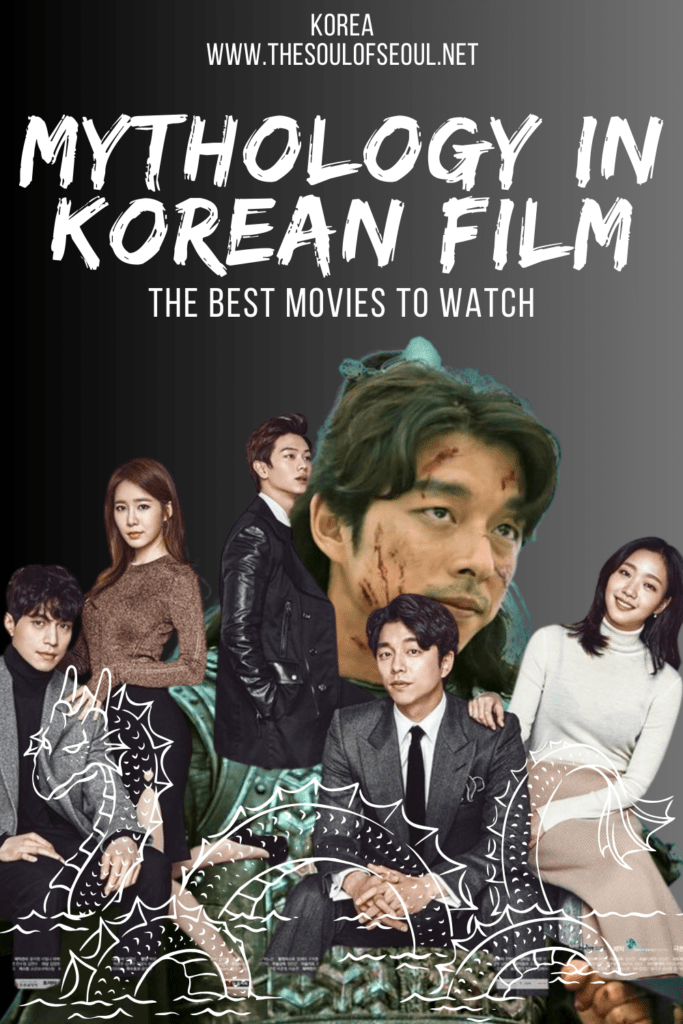
![Hantangang Sky Bridge [한탄강하늘다리], Pocheon, Korea](https://thesoulofseoul.net/wp-content/uploads/2018/11/IMG_6700-2.jpg)
